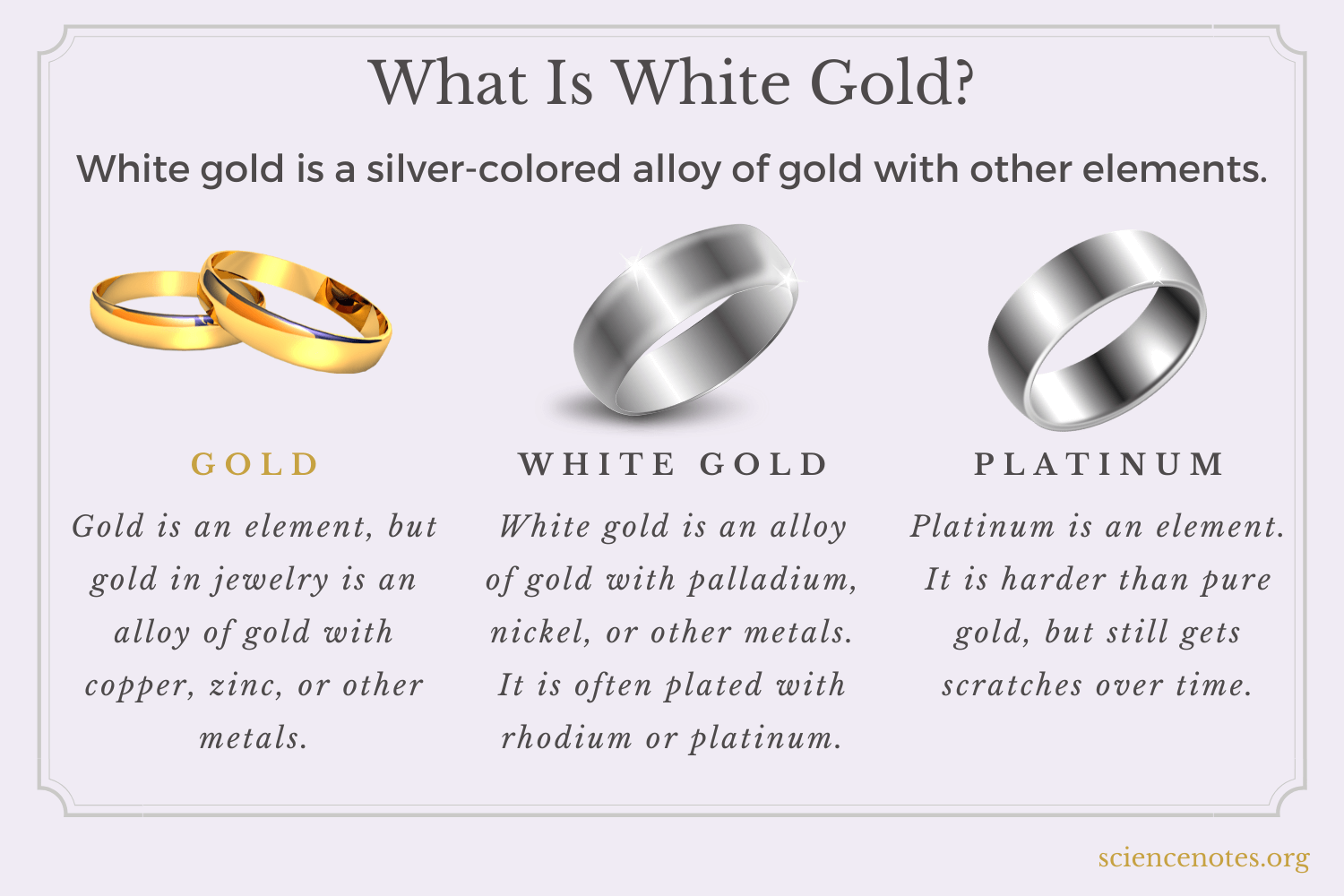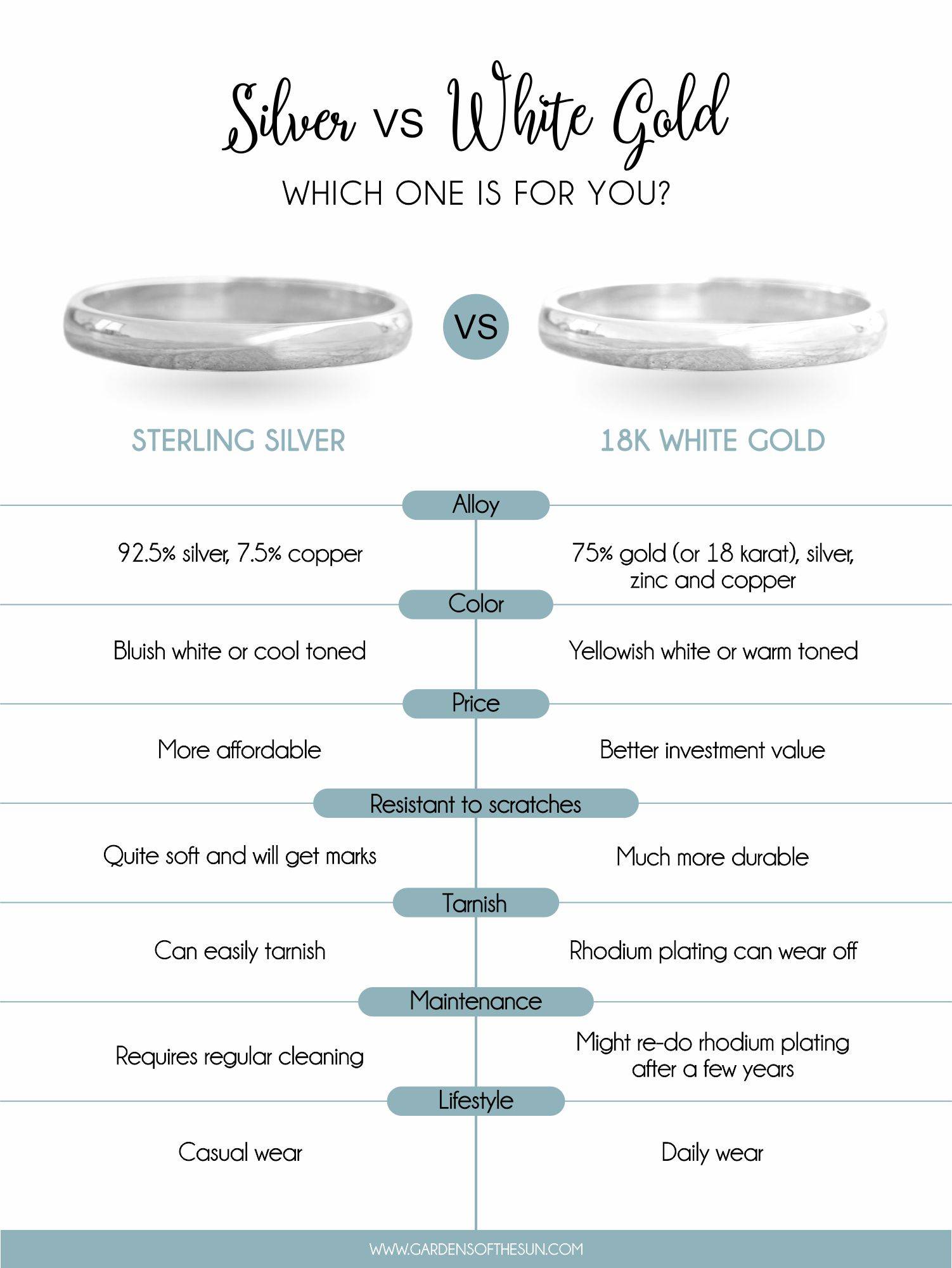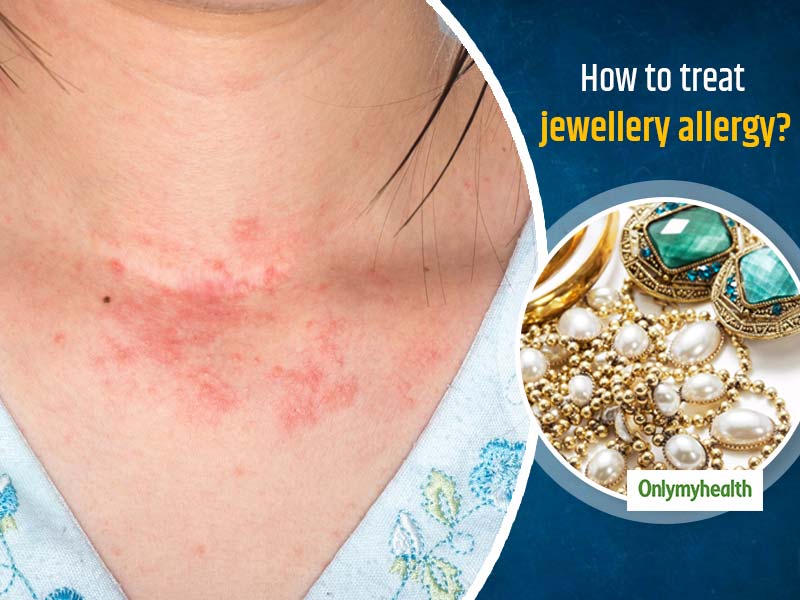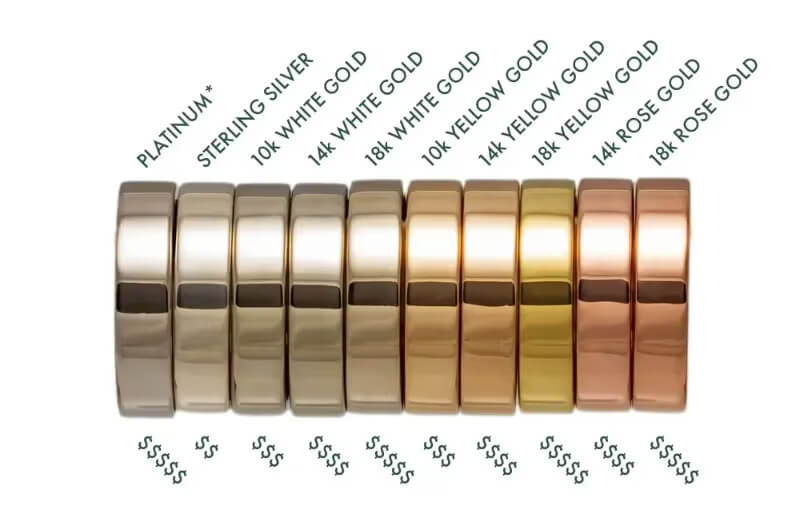Choose wisely between white gold vs silver to elevate your jewelry collection with informed choices. Understanding their unique qualities and how they compare can enhance your appreciation for these metals, guiding you to the perfect pieces for your style and needs.
Understanding the Composition of White Gold and Silver
When considering the white gold vs silver debate, it’s essential to start with their composition. The makeup of these two metals significantly influences their characteristics, usability in jewelry, and overall appeal to consumers.

Composition of White Gold
White gold is an alloy typically composed of yellow gold mixed with metals such as palladium, nickel, or silver. The alloying process is crucial in achieving its desirable hue and strength. The percentage of pure gold in white gold is often indicated in karats; for example, 14k white gold consists of 58.3% pure gold.
Composition of Silver
In contrast, silver jewelry is commonly made from sterling silver, which consists of 92.5% pure silver mixed with 7.5% other metals, usually copper. This combination enhances the metal’s properties, making it more durable and easier to craft into intricate designs.
Exploring Appearance: The Visual Differences
Next, let’s delve into the visual elements that distinguish these two metals. Understanding how they look and how they can be used in jewelry can help buyers make more informed choices.
White Gold Appearance
White gold exhibits a beautiful, reflective surface that exudes sophistication. Typically plated with rhodium for a brilliant finish, it provides a high-shine, lustrous effect that many find appealing in various types of jewelry, especially engagement rings. The brilliance of white gold complements diamonds and enhances their sparkle.
Silver Appearance
Silver, on the other hand, has a distinct, bright sheen that gives it a classic yet more understated look. Over time, silver may tarnish due to exposure to air and moisture, which can dull its appearance. However, many appreciate the vintage aesthetic that aged silver can provide, making it a popular choice for those who enjoy a more rustic or antique style.
Comparing the Durability of White Gold and Silver
Durability is a crucial aspect that potential buyers need to consider, especially for those looking for jewelry for everyday wear.
White Gold Durability
When discussing white gold vs silver durability, it is essential to note that white gold tends to be more resilient. Its alloying with stronger metals like nickel or palladium contributes to a sturdier composition, making it less prone to scratching and bending. This resilience makes white gold a preferred choice for items like engagement rings, which are worn daily.
Silver Durability
Sterling silver, while beautiful, is softer and more susceptible to scratches and dents. Its malleability allows for intricate designs, but it requires more care to maintain its condition. Silver jewelry often benefits from occasional polishing to preserve its shine and fend off tarnishing.

Analyzing the Price Comparison
When purchasing jewelry, the cost is often a decisive factor. A thorough white gold vs silver price comparison can provide buyers with significant insights.
Cost of White Gold
White gold tends to be more expensive than silver due to its gold content and the alloying process. Prices fluctuate based on the market value of gold, which can be much higher than that of silver. The additional steps in creating white gold and the use of precious alloy metals also contribute to its higher price point.
Cost of Silver
In contrast, silver is typically more budget-friendly, making it accessible for various consumers. Despite its lower price, quality sterling silver pieces can still be quite beautiful and durable. Buyers often appreciate this affordability, especially when looking to purchase multiple pieces or trying out different styles.

Maintenance Needs for Both Metals
Proper maintenance is essential for extending the life of jewelry, which varies significantly between these two metals.
White Gold Maintenance
White gold vs silver maintenance differs in several aspects. White gold, especially when rhodium-plated, may require re-plating every few years to maintain its high shine and protection against scratches. Regular cleaning with a soft cloth can help preserve its appearance and eliminate dirt buildup.
Silver Maintenance
Silver requires consistent maintenance to manage tarnishing, which occurs naturally over time. Regular cleaning with silver polish or a soft cloth helps remove tarnish and keeps the surface looking pristine. Additionally, storing silver in a dry, air-tight container can reduce tarnish buildup.

Recognizing Allergy Considerations in Jewelry
Allergies can play a crucial role in the selection of jewelry, impacting the wearability of either metal for certain individuals.
Allergies Related to White Gold
Some people may experience allergic reactions to white gold due to the metals used in its alloy, particularly nickel. For those with nickel allergies, it is advisable to seek out nickel-free options, often available as hypoallergenic white gold.

Allergies Related to Silver
Sterling silver is generally well-tolerated, though individuals with sensitivities to copper might find it problematic. Additionally, some silver pieces can feature alloys containing nickel, so investigating the composition before purchasing is wise.
Popular Uses for Each Metal in Jewelry
The uses of these metals vary widely in the jewelry industry, catering to diverse consumer preferences and styles.
Uses of White Gold
White gold is a popular choice for engagement rings, wedding bands, and fine jewelry. Its elegance and durability make it a favorite for pieces designed to be worn daily. Moreover, its compatibility with diamonds and other gemstones adds to its popularity in the realm of luxury jewelry.
Uses of Silver
Silver jewelry is often favored for fashion pieces, casual wear, and artisan creations. Many choose silver for earrings, bracelets, and unique handcrafted items due to its versatility and ease of forming intricate designs. The affordability of silver also makes it appealing for everyday jewelry.

Evaluating Longevity and Value for Money
Considering how long a piece of jewelry will last is critical, as this impacts overall value.
Longevity of White Gold
White gold pieces can last for many years, especially with proper care. The durability inherent in white gold ensures that it remains beautiful and functional over time, often leading to better longevity compared to silver.
Longevity of Silver
While silver does require more maintenance to combat tarnish, quality sterling silver can last a long time if properly cared for. However, it may not withstand extensive wear and tear as effectively as white gold.

Weighing the Pros and Cons of Each Metal
Finally, buyers should evaluate the pros and cons of each option for their specific needs and preferences.
Pros and Cons of White Gold
Benefits of white gold over silver include its greater durability and elegant, lustrous finish. However, its higher price may serve as a drawback for budget-conscious buyers. Additionally, the need for periodic maintenance and re-plating can deter some individuals.
Pros and Cons of Silver
Silver’s affordability and classic appearance make it very appealing, especially for fashion jewelry. However, it may not offer the same level of durability and requires more frequent cleaning. These factors can influence one’s purchasing decision in the white gold vs silver discussion.

This comprehensive overview provides valuable insights for anyone interested in making an informed choice between these two popular metals in jewelry.
Crafting a decision between white gold vs silver involves understanding their unique qualities and benefits. Evaluating factors like durability, price, and maintenance empowers individuals to choose the right metal for their jewelry needs, ensuring a lasting and cherished investment.
